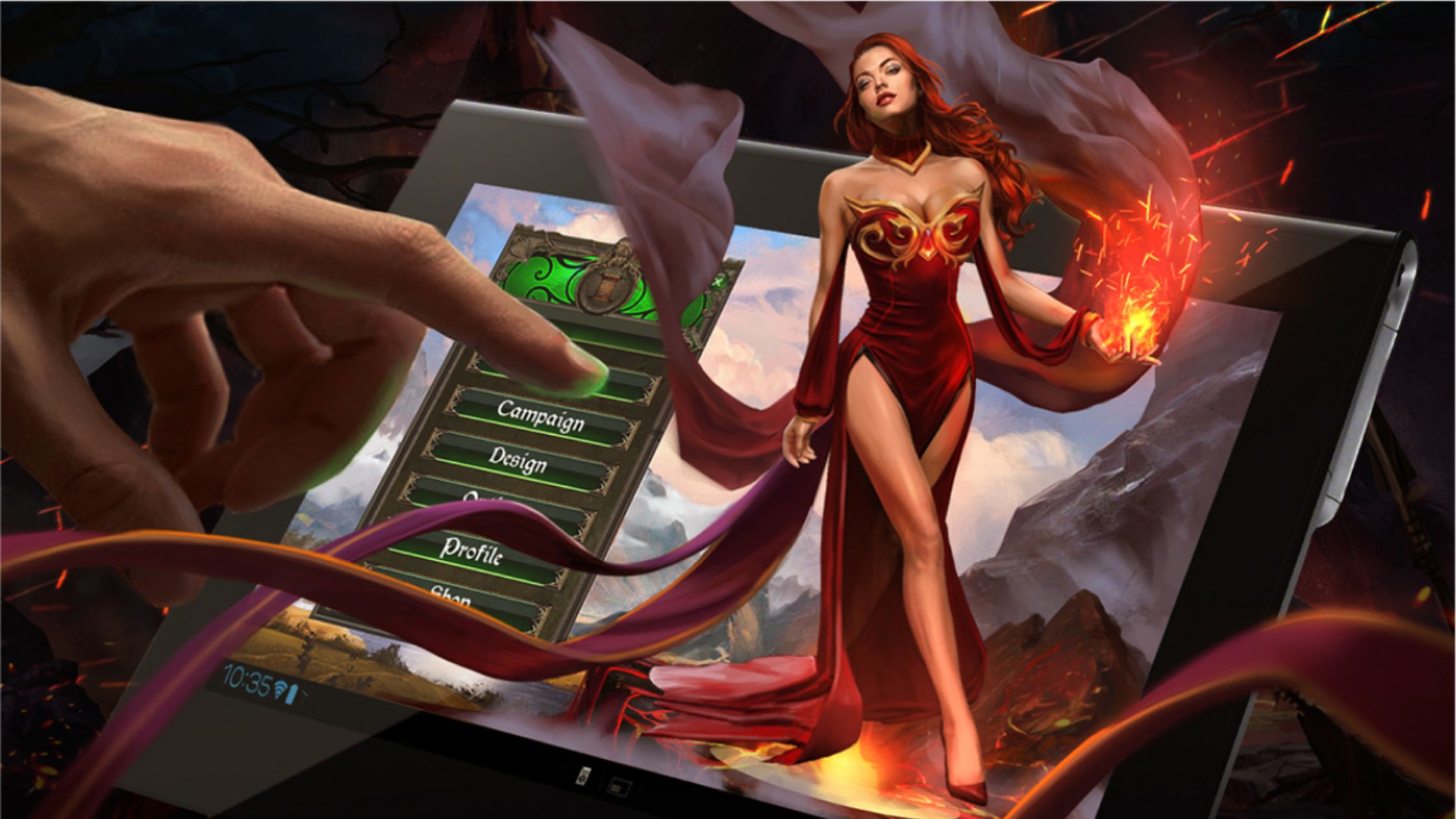Creating a video game is an incredibly complex process that takes many months, or even years, to complete. The final product needs to be polished and perfect in order to meet the expectations of gamers around the world. That’s why it’s important to have a clear plan and well-organized team working on every stage of development and design.

Developing a Game Concept Document
When starting the development process for a new game, it’s crucial to first create a concept document outlining all key elements. A Game Concept Document serves as the blueprint for the entire project. This includes not only visual appeal and characters, but also important details like the player’s interactivity and missions. Elements such as multiplayer options and level design must also be addressed, as well as practical considerations like revenue strategy and budget with its revenue plan. Additionally, the document should include a feasibility study looking at possible publishing platforms and producers. Developing a thorough concept document is crucial in ensuring the success of a game project. When it comes to creating a successful game, careful planning during this first stage can make all the difference in bringing a compelling experience to players.
Developing a Game Design
The creation of the game design is a crucial step in the development process. During this stage, all the elements of the game come together to form a cohesive experience for players. This includes designing the user interface, creating environments and characters, and incorporating sound effects. Lighting and shadows are also critical components that enhance the aesthetic atmosphere and immersion of the game world. This stage involves planning out all levels and progression for a smooth gameplay journey. The end result is a well-developed game design that can be effectively implemented in the next stage of development.
Analyzing the technical requirements
The third stage of game development involves analyzing the technical requirements for the project. This includes considering what game engine and its supporting plugins will be used in order to efficiently create the game architecture as a whole. It’s important for developers to thoroughly understand the limitations and possibilities of their chosen technology in order to effectively design and implement all necessary features. This stage also entails establishing a budget for required tools and resources, as well as identifying any potential challenges or obstacles that may arise during development. Proper planning at this stage can set a strong foundation, improving efficiency and increasing the likelihood of successfully bringing the game to market.
Game Development
When it comes to game development, the fourth stage is often where the real work begins. In this stage, the lead programmer creates a comprehensive plan and sets up checklists for their team to work from. While each individual programmer has their own specific tasks, they all work towards achieving the larger goals set out in the plan. This stage also involves a lot of communication and collaboration between team members as they work to bring the game to life. It’s crucial for programmers to ensure that all aspects of the game are functioning properly before moving on to the next stage of development. By creating a solid plan and keeping an open line of communication, this fourth stage sets the foundation for a successful final product.
Testing
The fifth stage of game development is testing. During this phase, the game undergoes rigorous testing to ensure that it is functioning properly and without errors. The goal is to identify and fix any bugs or glitches before the game is released to the public. This process often involves beta testing, where individuals outside of the development team are given access to the game to test it for any issues. Feedback from beta testers can be crucial in ironing out any problems and fine-tuning the gameplay experience. Testing is an important step in ensuring that a finished product meets high-quality standards and provides a positive experience for players.
Deployment
The final stage in game development is deployment, where the game is released to the public. This stage involves putting the game onto physical media or making it available for download, as well as promoting it through marketing campaigns and events. While some developers may see deployment as just a necessary step before moving on to their next project, it is actually an important and integral part of the development process. A successful deployment can mean more sales and higher player retention, while a botched release can harm a game’s reputation and alienate potential players. As such, great care must be taken during this stage to ensure everything goes smoothly. From servers being able to handle large numbers of players to addressing any bugs or glitches that may arise, deploying a game requires attention to every last detail. Only then can a developer truly see their hard work come to fruition.
If you’ve chosen to work with an outsourcing agency for your game, the deployment stage also includes a transfer of ownership. You can discover more here about the specifics of working with an outsourcing agency. Overall, this typically involves signing contracts and transferring relevant files and assets to the agency in question. It is also crucial to ensure that all intellectual property rights have been properly secured, as this can have a significant impact on the success and profitability of the game. Furthermore, communication with the agency should continue during and after deployment to monitor and address any issues that may arise. With careful planning and attention to detail, successful deployment and transfer of ownership can lead to a successful partnership between developers and external distributors.

Conclusion
The stages of game development are crucial in ensuring that a game is released to the public with as few problems as possible. By following an initially set A Game Concept Document and all stages outlined in this article, you can be sure to create a top-notch game. With a comprehensive plan and keeping communication open between team members, programmers can reduce the chances of errors cropping up during testing or deployment. While each stage is important in its own right, the final stage of deployment is perhaps the most crucial. A successful release can mean more sales and higher player retention rates, while a botched launch can have disastrous consequences for a game’s reputation and bottom line. As such, it is essential for developers to give careful attention to every detail during this stage. With an outsourced team, communication should continue even after deployment in order to address any issues that may arise. By taking these steps, developers can ensure that their hard work pays off with a successfully released game.